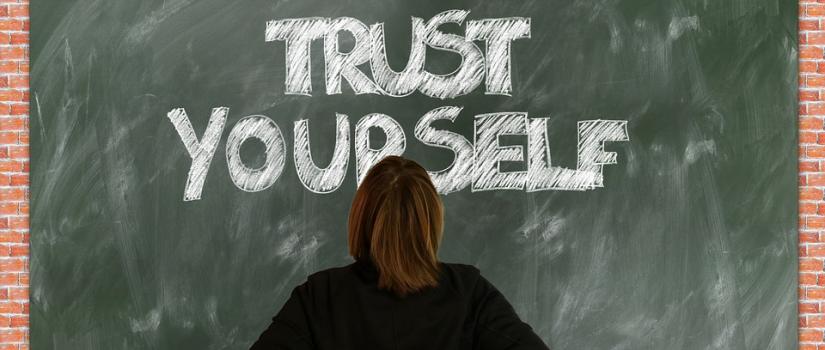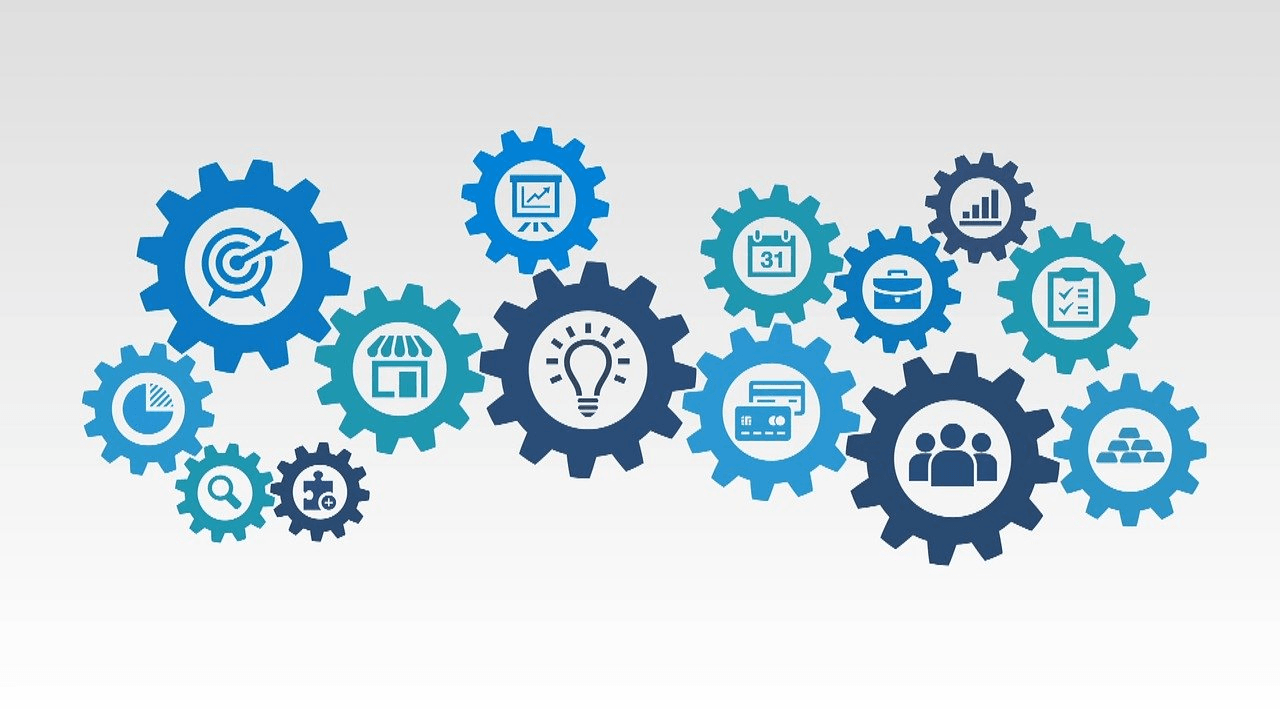The Customer Experience Revolution
In today’s world of unrelenting market competition more and more organisations are putting the external ‘customer experience’ at the heart of their business strategy. We know that thirty years ago if a person had a bad customer experience that person would potentially tell twenty people. With the current social media digital platforms available that same person can obviously now tell twenty thousand people with the click of a button. No longer can organisations ignore the will and want of their customers and dictate what they think should be the customer experience, and if these organisations do this, it is certainly at their own peril. The smarter organisations understand the fundamental need to seek superior, in-depth customer insight, design ‘customer experience’ solutions that answer this insight and then regularly listen to customer feedback to improve the customer experience. These same enlightened organisations also know that their purpose and aligned strategy should always provide the narrative for their leadership capability, organisational design and structure, management of their processes and systems with a workplace culture that supports all of the above. So with this in mind, how does an organisation begin the transformation that is needed to ensure that they have the capability to firstly understand the preferred customer experience and then respond better and faster than their market competitors to the desired customer experience?
In the article The CEO guide to Customer Experience McKinsey & Company give some valuable insight and vision into what it takes for an organisation to redesign itself to start thinking from the ‘outside in’ and transforming the customer experience. This article refers to the need for organisations to stop thinking in terms of customer touchpoints and start thinking in terms of customer journeys. For example, if staying at a hotel for the weekend, it is not about the check-in touchpoint, or booking dinner at the hotel restaurant touchpoint, or requesting additional towels from laundry touchpoint. It’s about the entire customer journey from the minute you walk through the hotel lobby door on a Friday afternoon to the minute you leave through the lobby door on the Monday morning. McKinsey & Company makes the point that once organisations have obtained in-depth customer insight and understand what the preferred customer experience should look and feel like, the organisation then needs to redesign and manage processes and systems that fit with this customer insight and psychology. From governance and leadership, to organisational design, to empowered employees that know and do the right thing, McKinsey & Company advocate that the ‘customer experience’ should always be the narrative for how a company designs and structures itself and then behaves.
This type of holistic ‘customer experience’ transformation will undoubtedly require a high level of Human Resources, Culture and Organisational Development skill and knowledge with significant voice and support at the Executive table. To go from single touchpoints to complete customer journeys will demand an organisational culture that supports skilled, knowledgeable team members, cross functional collaboration across the business, robust internal customer capability, continuous learning and improvement mindset, and employee and team KPIs that are connected to the ‘customer experience’ strategy objectives. At the end of the day, a ‘customer experience’ strategy is worth nothing if it is not understood and embraced by all employees and supported by the organisational pillars that are necessary to successfully execute on strategy. With fierce market competition in many industries, the stakes are high and for businesses that do not have the will or capability to listen to and /or respond to customer expectations, there can be devastating effects on both brand and reputation that can put the very existence of the business at risk. Alternatively, for the organisations that clearly value customer insight into the preferred customer experience and then transform to deliver on that desired experience, these organisations will realise very tangible and important benefits such as higher levels of customer loyalty, increased market share and greater profitability.
Mary Buckley










